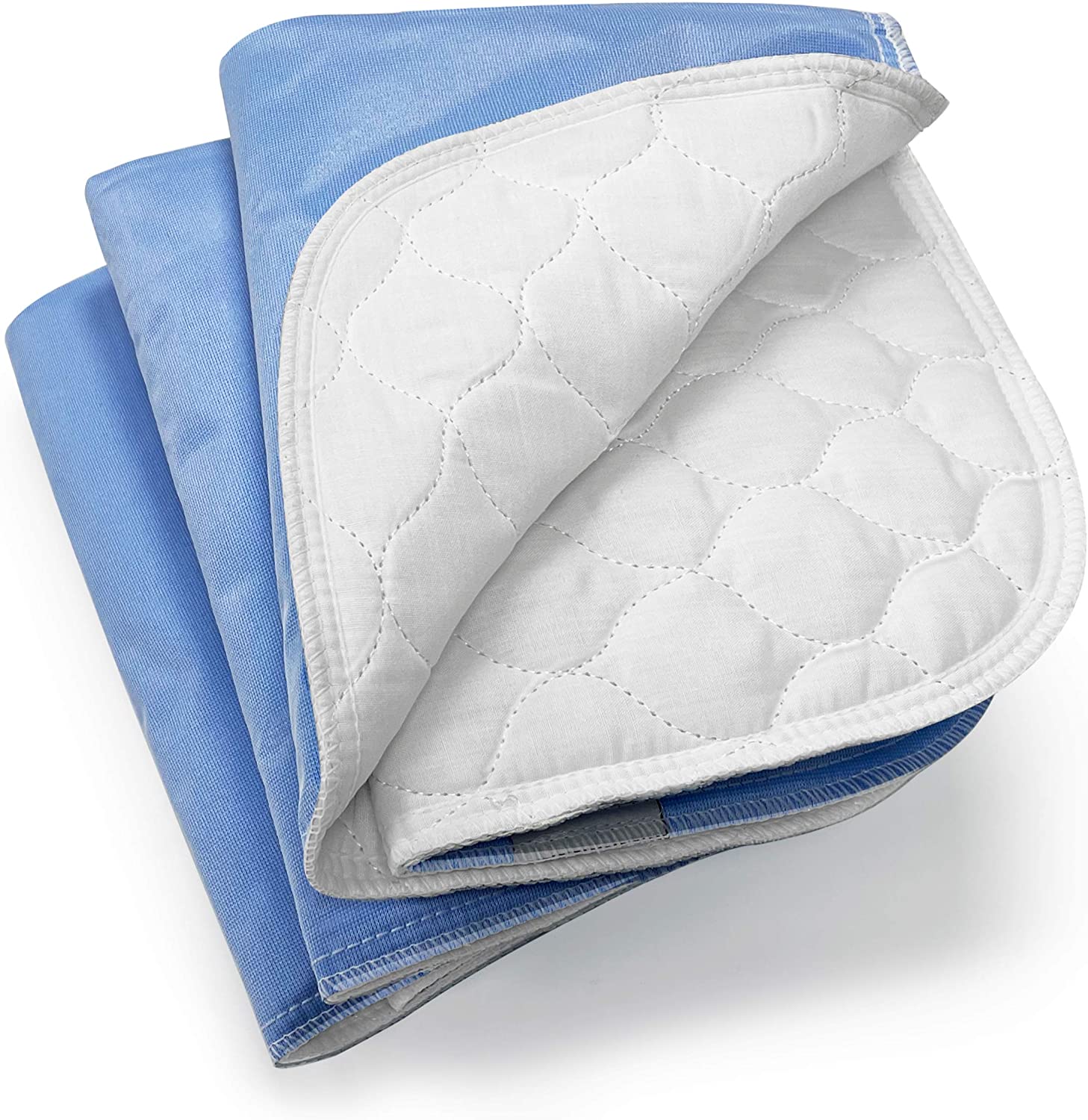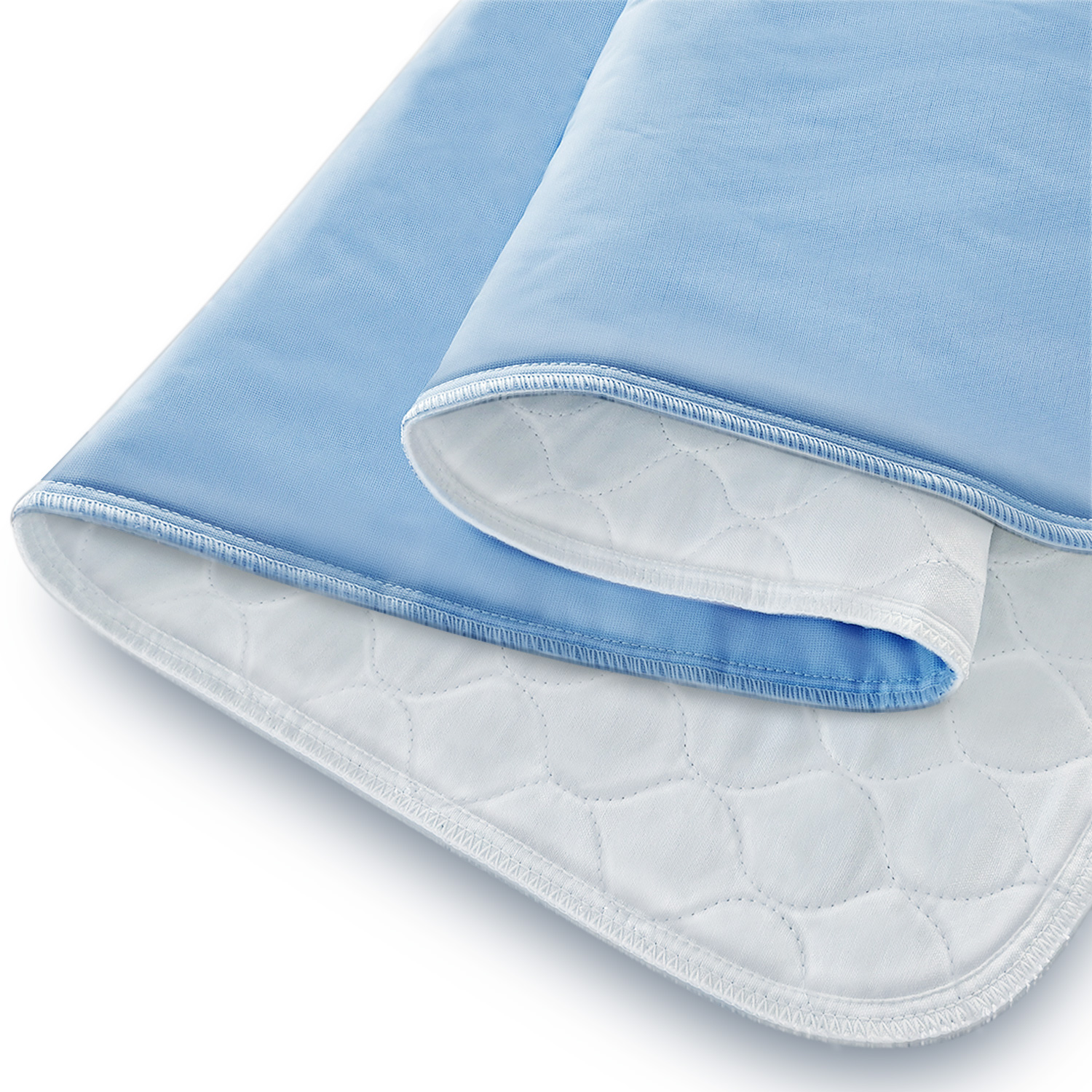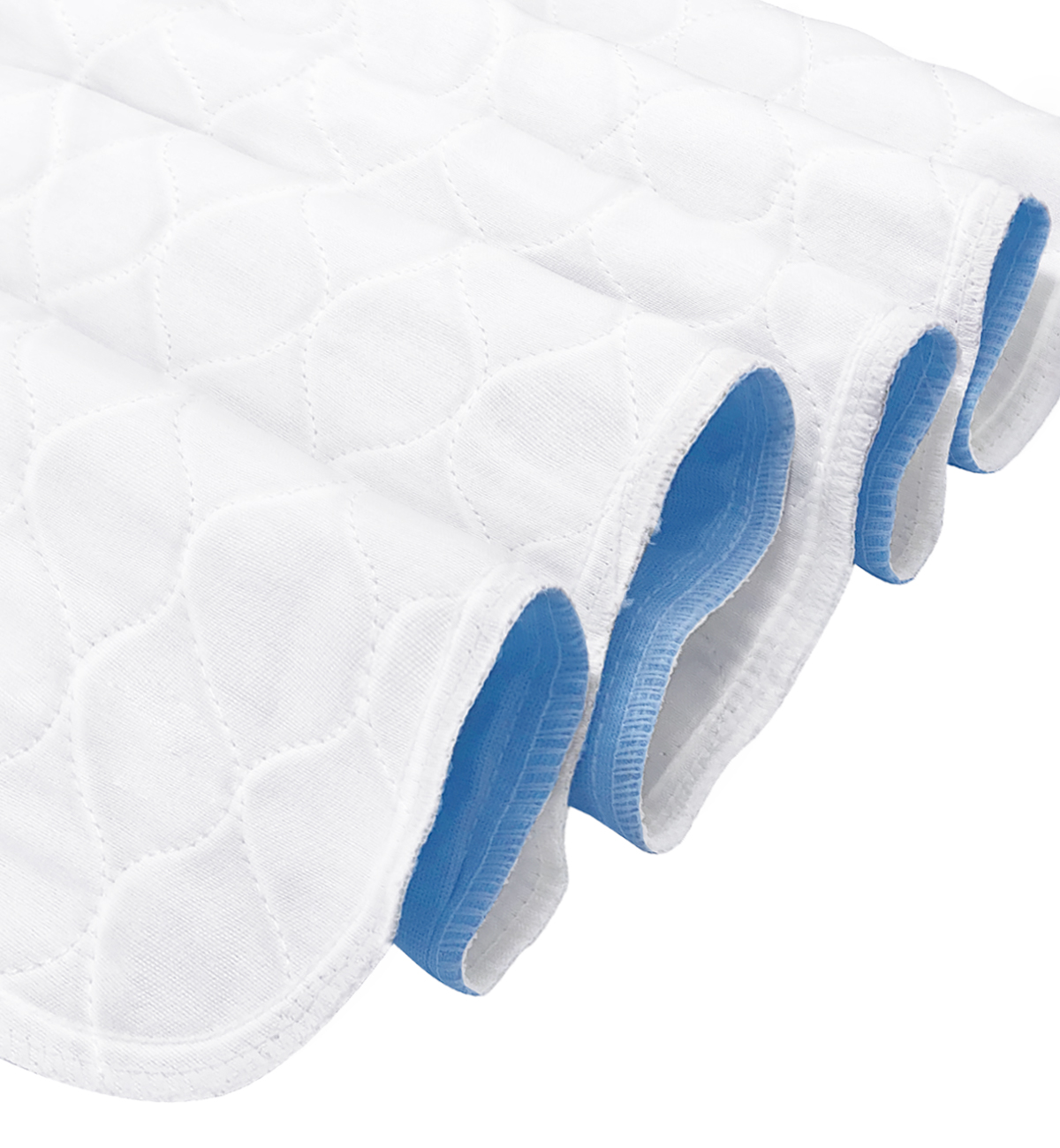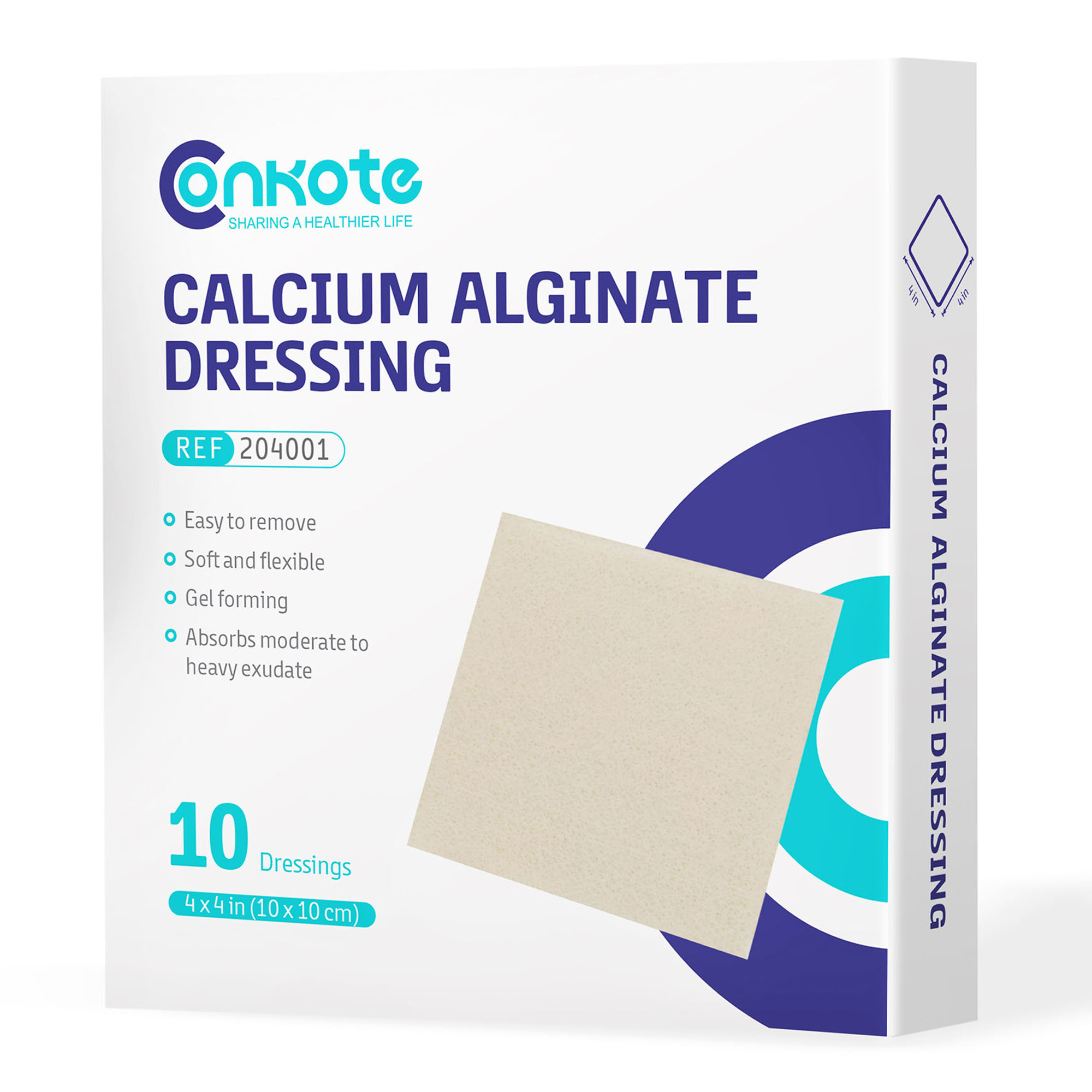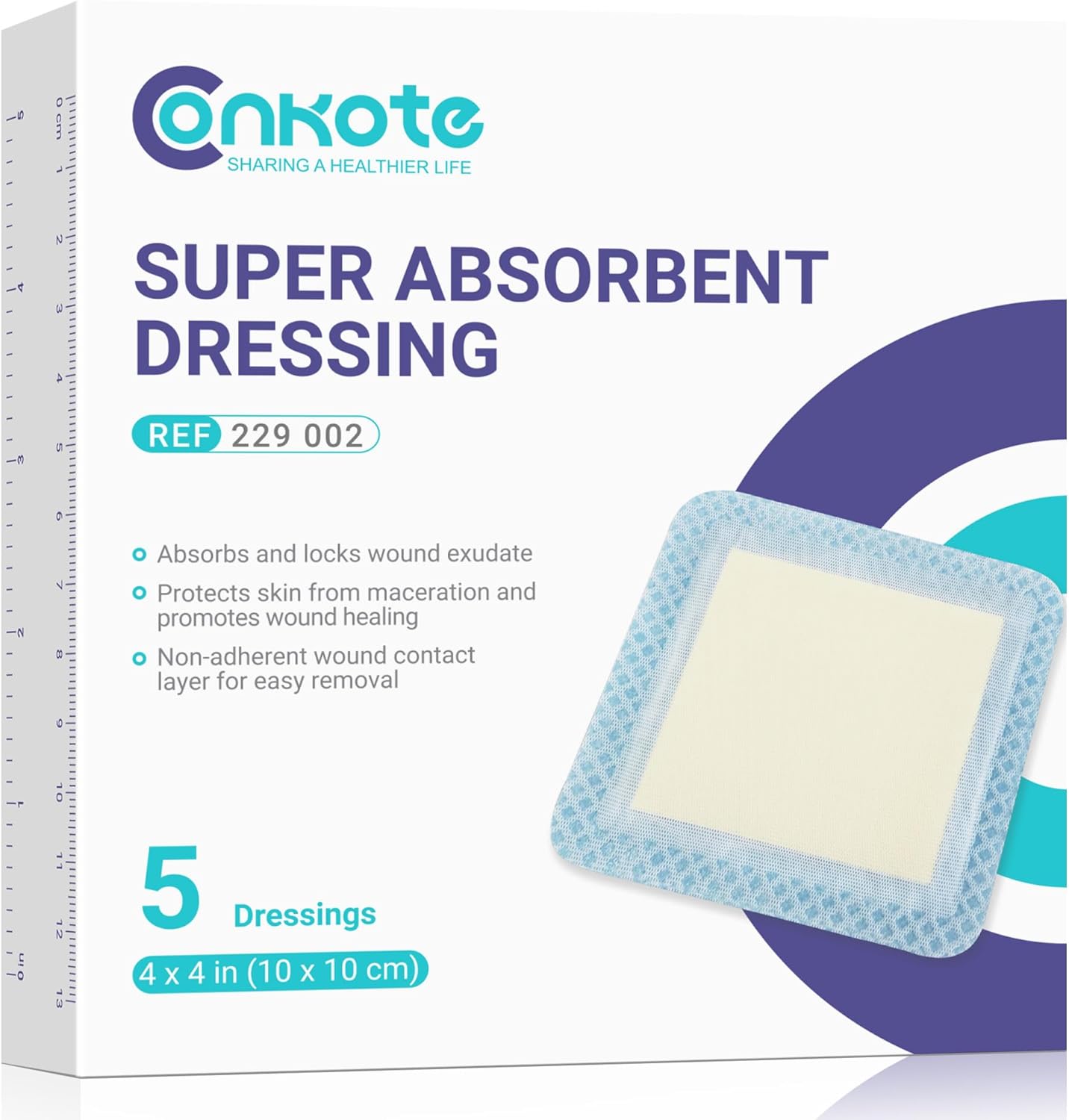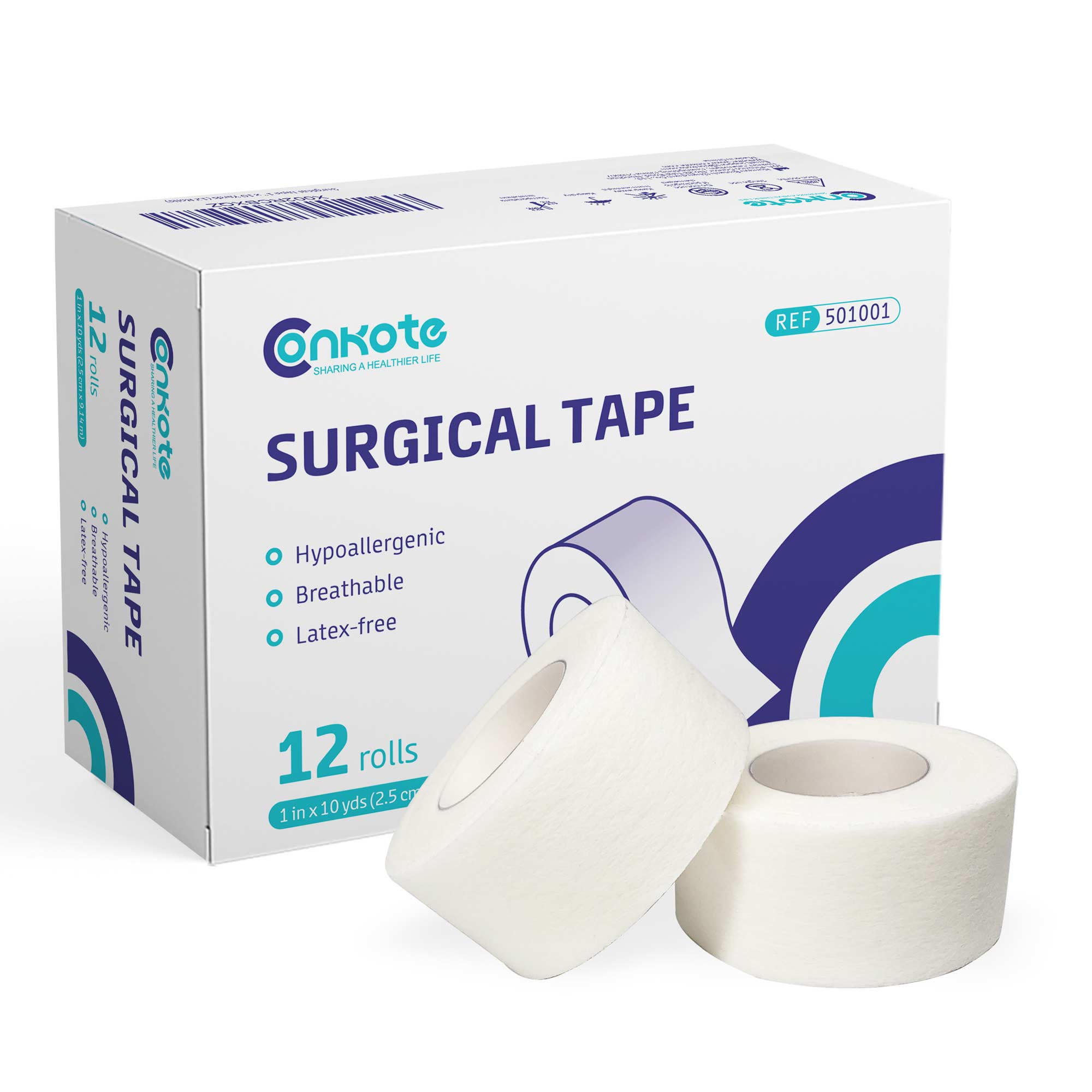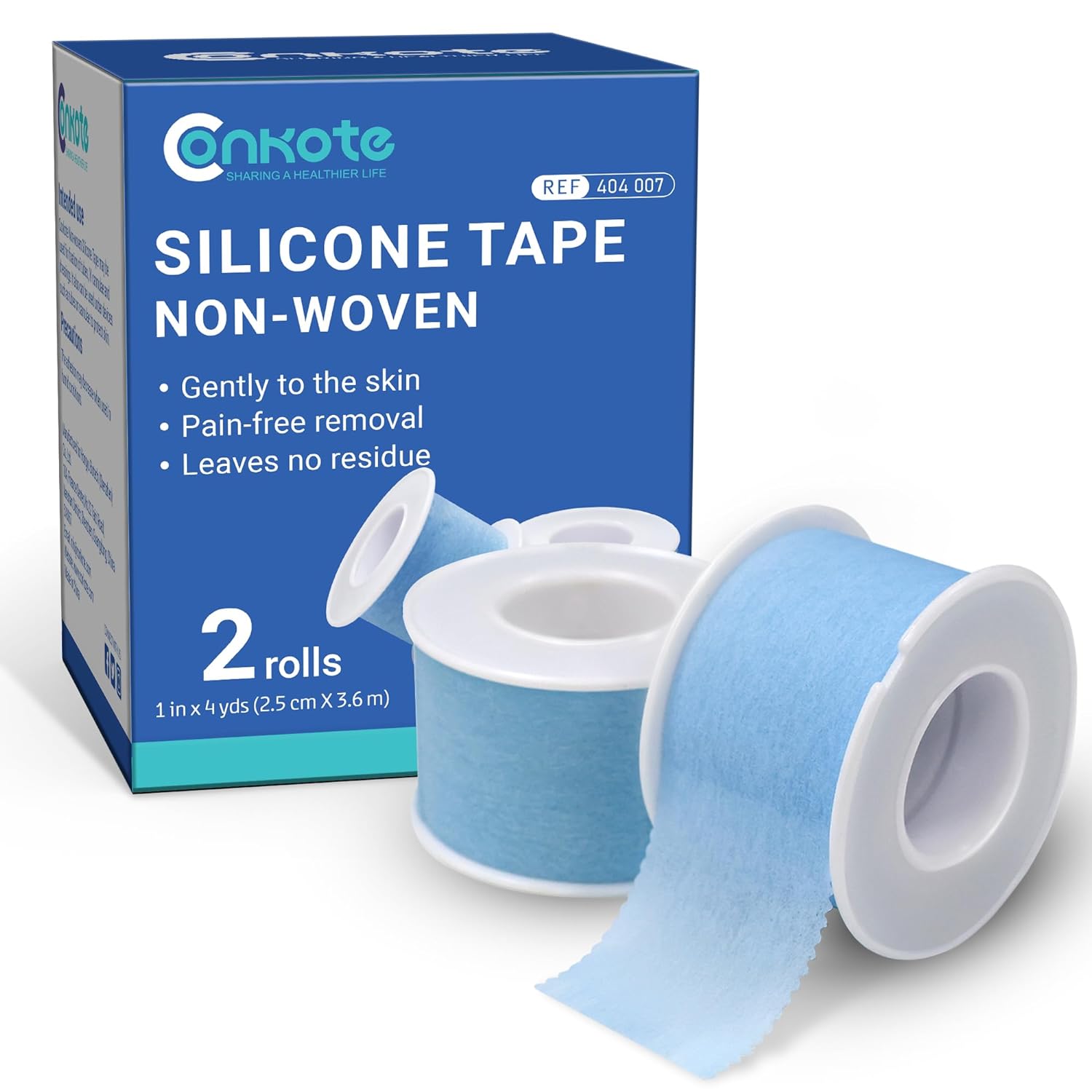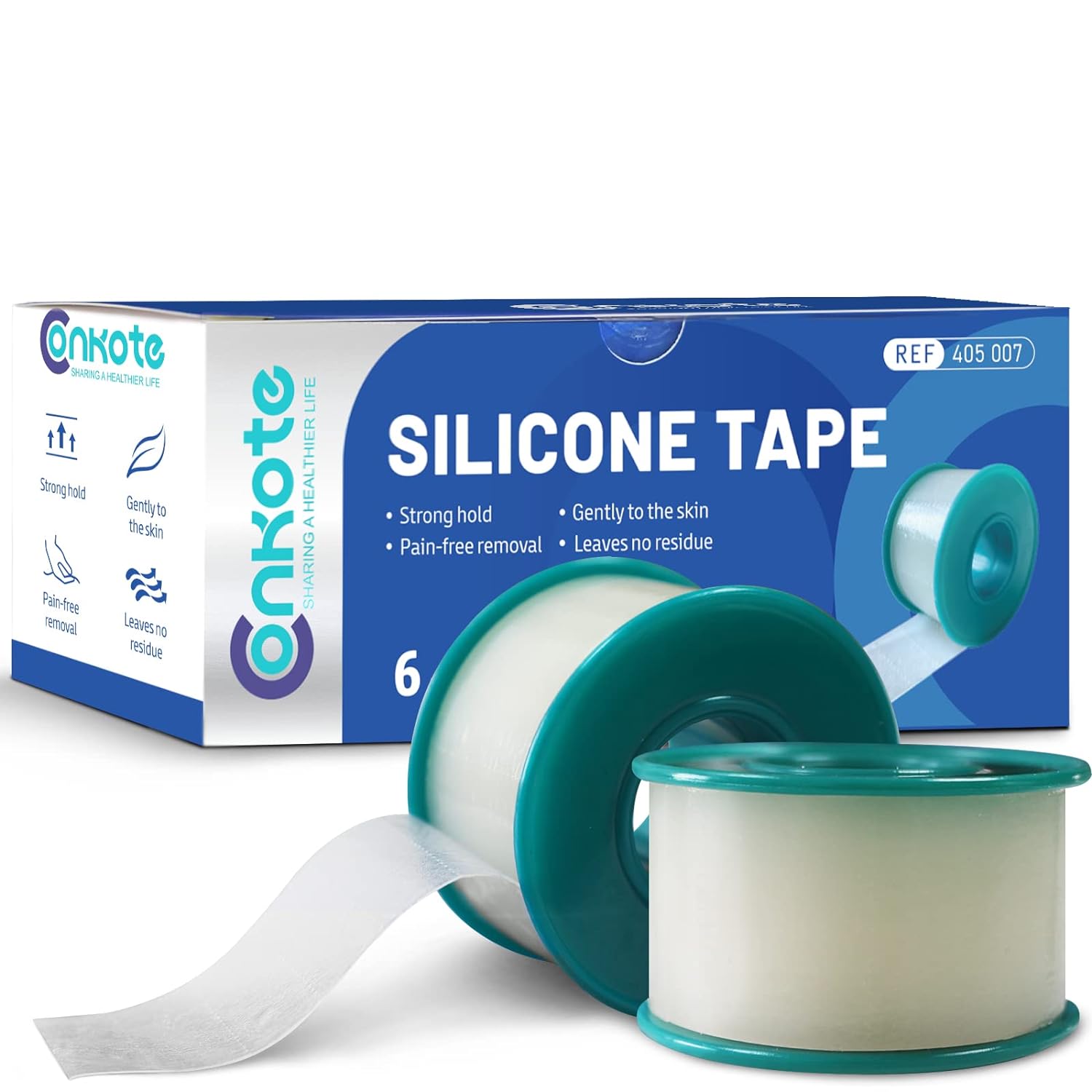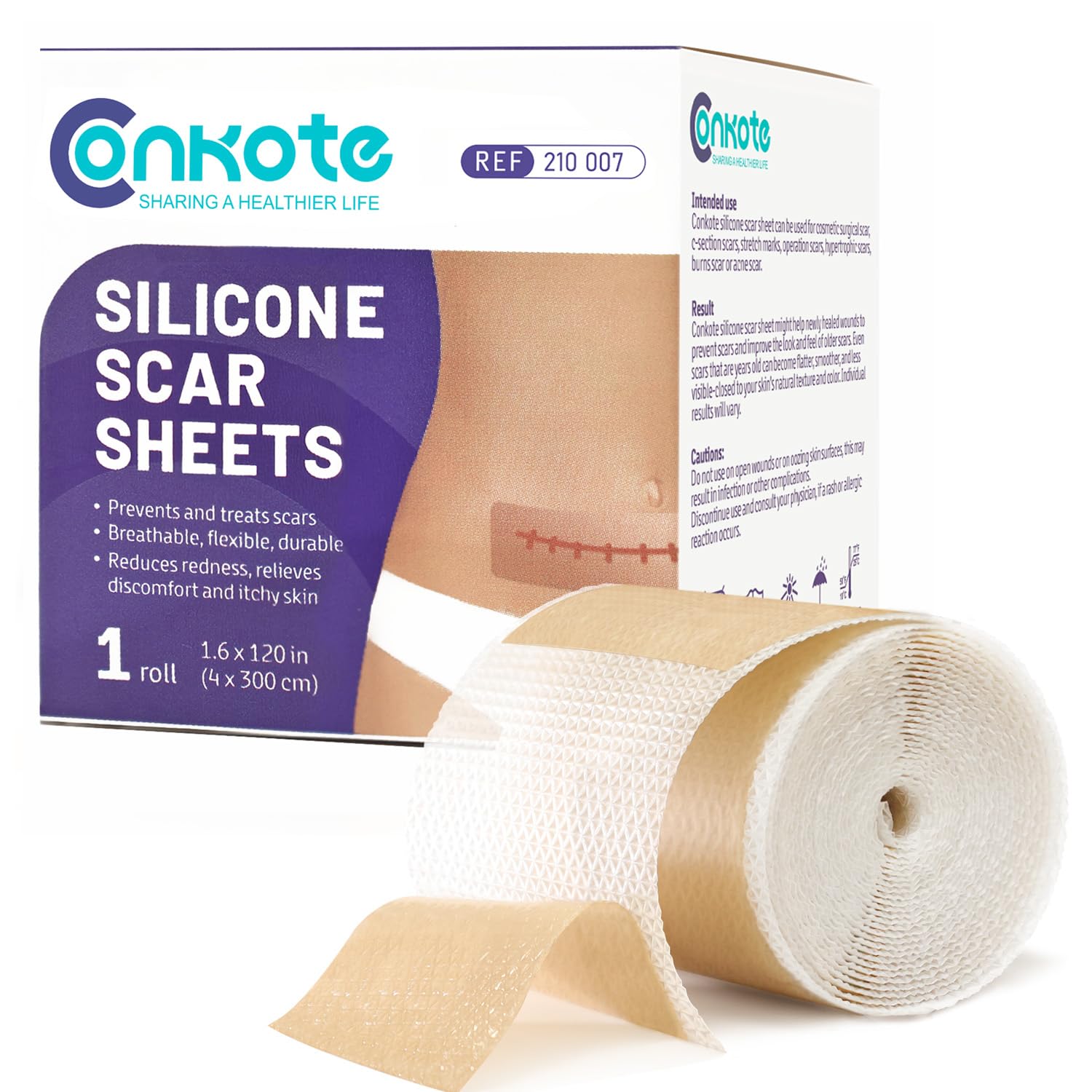What You Need To Know About Sports Injury Rehabilitation?
2022-02-17 2022-02-17 1:50What You Need To Know About Sports Injury Rehabilitation?
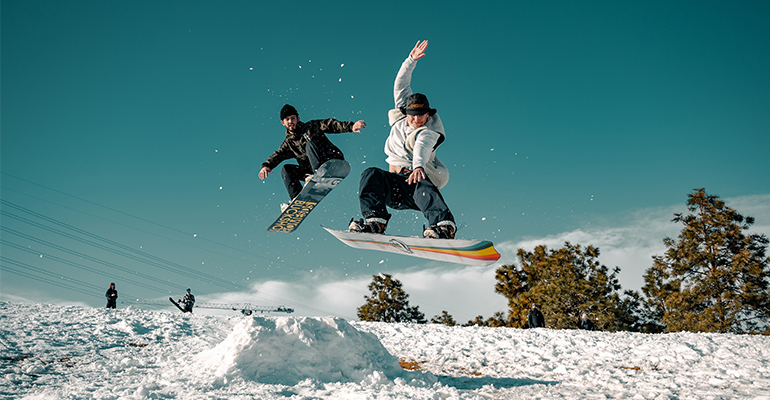
What You Need To Know About Sports Injury Rehabilitation?
Sports injury is a common sports disease, which refsers to various injuries that occur during exercise. Typical symptoms of sports injuries include pain, swelling, and limited mobility. Sports injury prevention and sports injury rehabilitation are very important.
Recently, everyone is cheering for the athletes of the “Winter Olympics”. Their heroic appearance on the competition field, has also ignited the passion of many ice and snow sports enthusiasts, and some people even rushed to the ski resort to show up. Recently, in the 56th Super Bowl, the Rams won the championship again after 23 years, which also made the American people boil again. But rugby was born to fight intense sports, and violent collisions also have hidden health risks. Therefore, while enjoying the fun of sports, it is necessary to take safety precautions to avoid sports injuries and rehabilitation after sports injuries.

In general, the location of sports injuries is related to the sport and specific technical characteristics. For example, most of the injured parts of basketball players are the feet, wrists, shoulders, and waists. Football players most often injure their legs. 20% of injuries occur due to joint twisting. Cyclists are especially prone to back, shoulder and neck discomfort. Runners often complain of knee, ankle sprain pain, also very common anterior shin pain, calf pain. Tennis, badminton, and squash players are prone to joint inflammation and sprains.
Causes of sports injuries:
Subjective aspect: 1. Paralysis of thought is the most important factor in all sports injuries. 2. Weak constitution, poor physical fitness, or poor functional state. 3. The technical level is low, the movement is not proficient, or there is an error in a certain link when doing the action. 4. Depressed mood during exercise, accompanied by fear of fear, hesitation and excessive tension, and inability to concentrate. 5. Irregular exercise posture can easily lead to fatigue and chronic injury.
Objective aspects: 1. Lack of protective help during exercise, or the protective help is not timely, and the method is incorrect. 2. The venue, equipment and exercise facilities are not up to standard. 3. Improper arrangement of exercise load and excessive local burden. 4. The action is rude and violates the rules (confrontation items). 5. The content combination is unscientific and the method is unreasonable.

Sports Injury Treatment:
Soft tissue injury
- Open injuries: scratches, lacerations, stab wounds, etc. There is a possibility of wound infection. When handling, special attention should be paid to protecting the wound. It can be temporarily covered and bandaged with clean gauze, bandage or towel to prevent infection.
- Closed injuries: The main symptoms of these injuries are pain, swelling, and limited mobility. Depending on the degree of injury, local activities of the injured limb should be reduced or stopped, and local immobilization should be performed. In severe cases, cold compresses, local compression bandages, and elevation of the affected limb should be used in time. After 24 hours, comprehensive treatment can be taken according to the injury. Such as topical medicine, physical therapy, massage and so on. If the muscles and ligaments are severely ruptured or the joints are severely sprained, they should be sent to the hospital for surgical treatment after compression bandaging.

Bone and epiphyseal injuries
- Causes and symptoms: During exercise, when a certain part of the body is directly or indirectly hit by violence, it may cause fractures or epiphysis damage. There are more closed fractures, more common in the long bones of the extremities. Long-term exercise with poor posture can also cause fatigue fractures in some parts. Immediately after a fracture occurs, swelling, subcutaneous congestion, severe pain, limb dysfunction, muscle spasm, and sometimes deformity of the fracture site may occur in the affected area, and bone fricatives may be seen when moving. Severe fractures are accompanied by systemic symptoms, such as bleeding and nerve damage, fever, thirst, and even shock.
- Disposal: Do not move the affected limb temporarily after the fracture, use splints or other substitutes to fix the injured limb, and escort to the hospital for examination and treatment in time. If it is accompanied by shock, it should be dealt with first, that is, point Renzhong acupoint, and perform the counterpart artificial respiration cardiothoracic massage; if accompanied by wound bleeding, hemostasis and bandaging should be implemented at the same time.
Brain damage
- Causes and symptoms: When the head is hit or collided with external force during exercise, it can lead to damage to the skull, dura and brain tissue. Patients may have varying degrees of headache, nausea, vomiting and other symptoms, severe cases may be conscious coma, loss of consciousness, weak pulse and breathing.
- Disposal: After the brain injury occurs, the injured person should be placed on his back immediately and be absolutely calm. Shaking, pulling and moving are strictly prohibited. At the same time, use a towel to cool the head and send it to the hospital for treatment.

Sports Injury Prevention:
- Strengthen sports safety education, and improve awareness of injury prevention.
- Before exercising, be sure to do a good warm-up exercise, especially for wrist joints, knee joints, ankle joints, etc. The warm-up time is not less than 15 minutes to help the body adapt to the exercise as soon as possible.
- Master basic technical movements, irregular technical movements are often the main cause of injury.
- Reasonable arrangement of exercise load to avoid muscle fatigue. Heavy-duty exercise is an important cause of chronic soft tissue and bone damage. Combining work and rest to ensure adequate rest time, if necessary, massage, muscle effect stickers, etc. can be used to relieve muscle fatigue.
- Strengthen protection and help, especially to improve self-protection ability and wear protective equipment; help is to protect important parts of the human body (such as the head).
- Scientifically supplement nutrition. Malnutrition in the body may increase the risk of injury. Therefore, daily supplements such as calcium and vitamin D can be used to strengthen bones.
- Do a good job of medical supervision and master the prevention and treatment methods of sports injuries.

Once a sports injury occurs, it is necessary to go to a clinic or hospital for examination and treatment by a doctor in time, which can be identified by X-ray, magnetic resonance imaging or CT. As athletes’ injuries are more acute than chronic injuries, improper treatment or untimely treatment of acute injuries may, on the one hand, miss the best time for injury treatment, and on the other hand, may lead to the transformation of acute injuries into chronic injuries.
Reference materials:
https://www.betterhealth.vic.gov.au/health/healthyliving/sports-injuries





